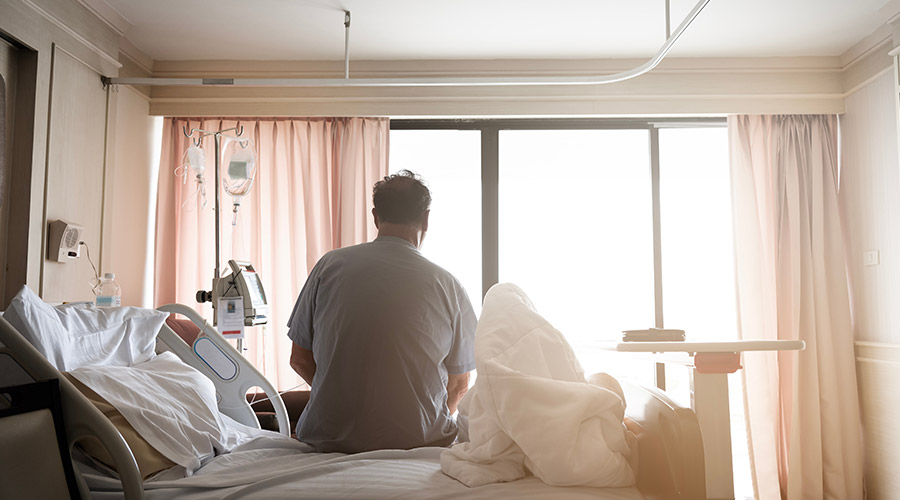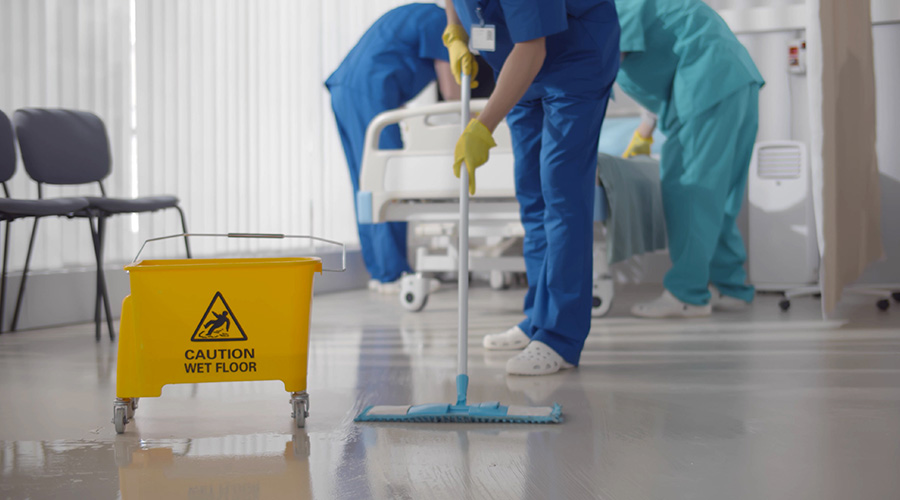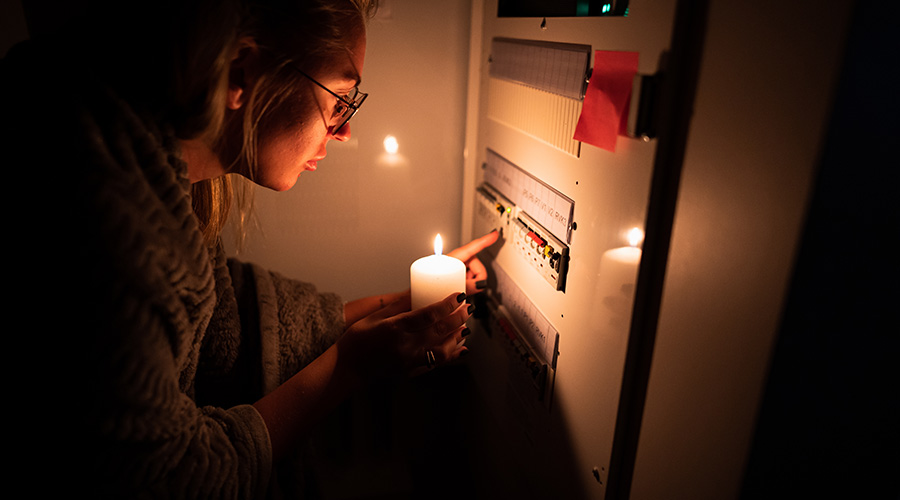It has been five years since the world shutdown because of the Coronavirus (COVID-19) pandemic. Hospitals and other healthcare facilities are still feeling the impact of the virus in ways that they never considered in 2020. In the time since seemingly the entire world went into lockdown, people have started to educate themselves in subjects that they never once would’ve considered being interested in beforehand. Now, healthcare professionals are being bombarded with questions about indoor air quality (IAQ) and infection control.
Building occupants have the right to raise concerns when it comes to the safety and wellbeing of their loved ones. According to a report by SafeTraces, hospital-acquired COVID-19 infections are 15 percent. The rise in infections largely contributed to longer hospital stays among patients and staffing and supply challenges. The report found that the pandemic reversed years' worth of sustained reductions in hospital acquired infections.
To help reduce the spread of infection, hospitals and other healthcare facilities have upgraded HVAC systems to improve IAQ. According to the report, research has indicated positive effects on portable HEPA filtration devices. However, this technology isn’t always reliable in larger patient rooms that have multiple beds.
Besides ventilation, the CDC and ASHRAE recommend ultraviolet (UV) light to improve IAQ. Though, managers are still hesitant about using the technology as there is still a lack of familiarity with the safety, efficacy and cost advantages.
The costliest but seemingly most effective, though, is regular changing of air filter systems. If the air filter change interval goes too long and the filters load up with dirty, the air pressure can collapse on more filters, effectively creating a gap for unfiltered air to pass through the facility. Biological growth can appear quickly and spread rapidly around the facility.
One of the most advantageous things a healthcare facility can do is invest the money to upgrade IAQ before it becomes a problem. Not only does this allow for managers to create a safety net within their operations but being proactive and communicating to occupants that their facilities are safe helps bolster the company’s reputation.
Patients, staff and visitors put a significant amount of trust into hospitals, and they aren’t afraid to make it known. According to a report by PressGaney, online reviews and recommendations are as important as securing a recommendation from a professional. The report found that 59 percent of consumers now rely on online search and will choose a provider or facility based on reliable feedback. Eighty-six percent of consumers choose healthcare based on brand reputation, and that number rises to 90 percent when taking Gen Z into account.
Healthcare consumers are technologically savvier than ever. With all the information that can be provided to them at their fingertips, it is essential that facilities remain accurate with the information they are putting out online. Any changes within the facility should be accounted for as consumers may opt to go to a different facility where they feel safer.
Mackenna Moralez is the associate editor of the facilities market and the host of the Facilities in Focus podcast.

 Building Sustainable Healthcare for an Aging Population
Building Sustainable Healthcare for an Aging Population Froedtert ThedaCare Announces Opening of ThedaCare Medical Center-Oshkosh
Froedtert ThedaCare Announces Opening of ThedaCare Medical Center-Oshkosh Touchmark Acquires The Hacienda at Georgetown Senior Living Facility
Touchmark Acquires The Hacienda at Georgetown Senior Living Facility Contaminants Under Foot: A Closer Look at Patient Room Floors
Contaminants Under Foot: A Closer Look at Patient Room Floors Power Outages Largely Driven by Extreme Weather Events
Power Outages Largely Driven by Extreme Weather Events